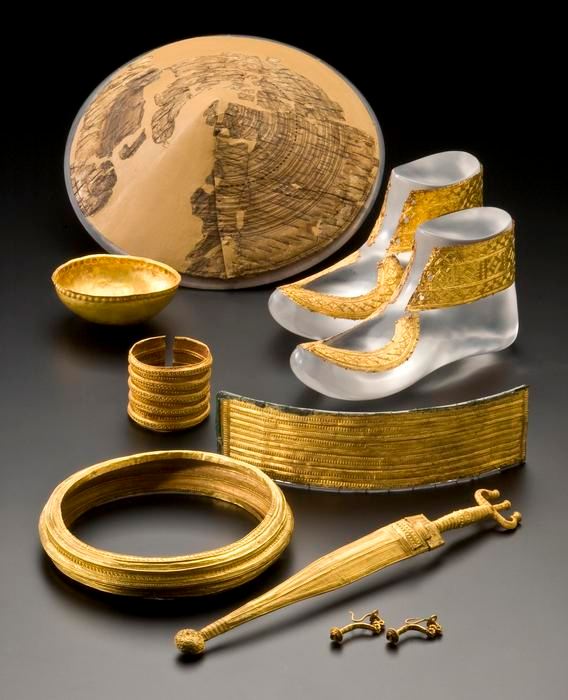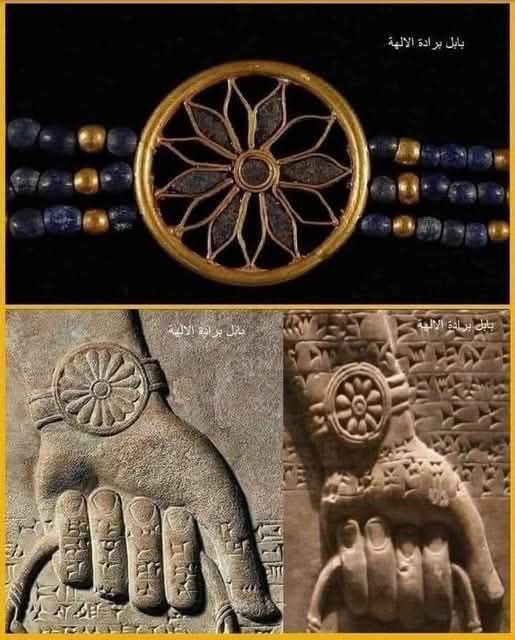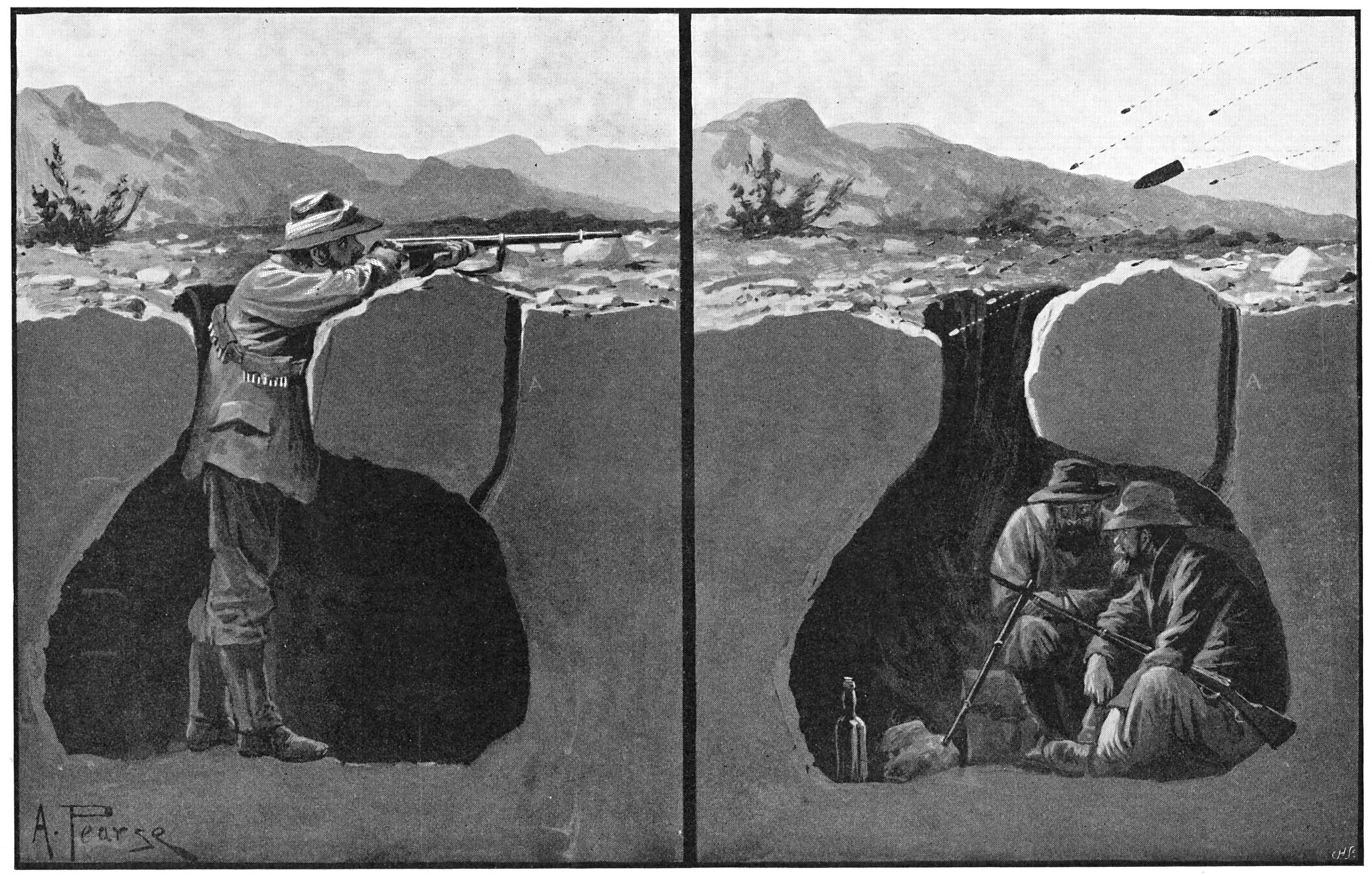This “new” Bf-109 was lost on 03/24/1943 near Rørvik Norway. The Remarkable Journey of a Lost WWII Aircraft
The Messerschmitt Bf-109, often referred to simply as the Bf-109, was one of the most advanced fighter aircraft of its time and a cornerstone of the German Luftwaffe during World War II. Designed by Willy Messerschmitt and introduced in the 1930s, the aircraft played a crucial role in numerous aerial battles, from the Blitzkrieg campaigns in Europe to the Eastern Front and the air war over Norway. Known for its speed, agility, and formidable weaponry, the Bf-109 remained in service throughout the war and became one of the most-produced fighter aircraft in history. On March 24, 1943, during the German…
4 min read









